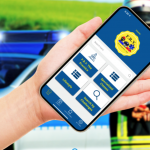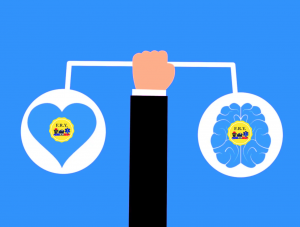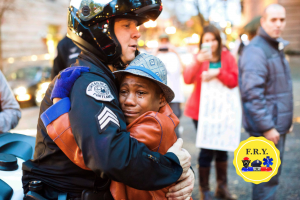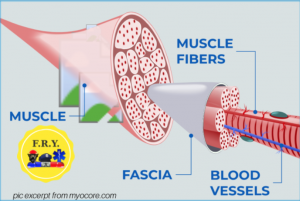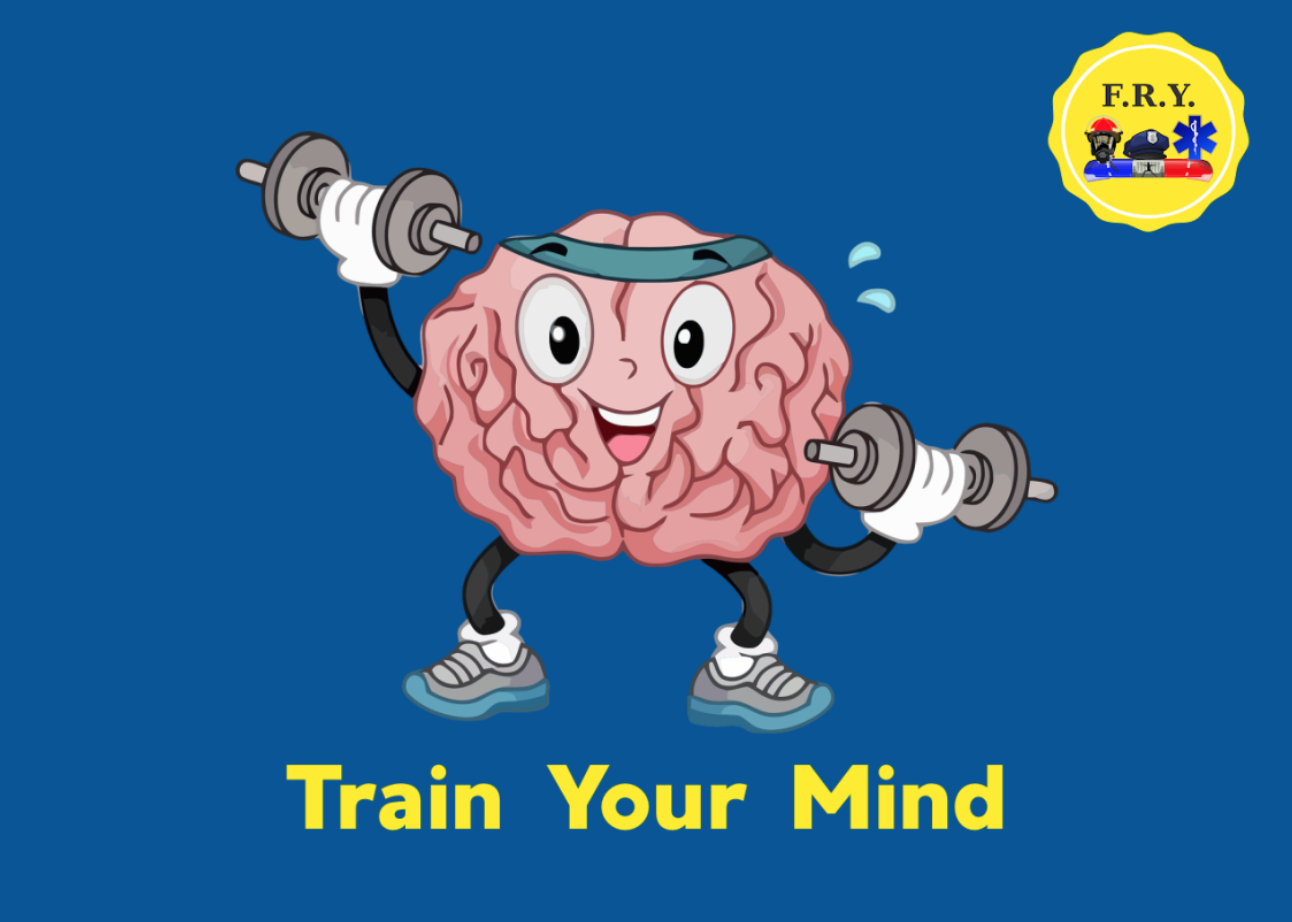
Mindfulness-Based Psychotherapy Approaches for First Responders’ Health
Our Director Sasy interviewed Doctor Gus Castellanos about the benefits of mindfulness-based approaches for First Responders. Gus shared with F.R.Y. his expertise in the field of medicine and Mindfulness with the goal to help First Responders. We truly thank him for this. The interview will be available on F.R.Y. website www.FRYCanada.com and socials in a couple of weeks as it is in postproduction.
Here we are posting an excerpt of the study touching on the same topic of mindfulness. The study has been conducted by Brian A. Chopko, Ph.D., Konstantinos Papazoglou, Ph.D., Robert C. Schwartz, Ph.D. The study is named “Mindfulness-Based Psychotherapy Approaches for First Responders: From Research to Clinical Practice” – 2018.
The full study is available to read on the American Journal of Psychotherapy
Mindfulness-Based Psychotherapy Approaches for First Responders’ Health – Excerpt of the study
First responders are psychosocially exposed to work-related stressors that occur frequently during required duties. Direct and vicarious symptoms of stress and interpersonal problems often affect first responders’ ability to perform effectively. They may have an impact on their personal lives. Mindfulness-based psychotherapies approaches such as ACT and MBCT have been shown to directly promote First Responders’ mental and physical health while providing increased resilience when facing work-related stressors. Generalizable mindfulness-based approaches can be used by psychotherapists, regardless of the specific theoretical approach chosen, to increase self-awareness, promote intentional responses, enhance self- compassion, and ultimately decrease suffering. Specific and easy-to-use mindfulness techniques can activate the PNS and reinforce a positive experience even in difficult situations by dampening the natural sympathetic nervous system and other potentially negative neural pathways that are prominent when someone encounters a critical incident. Incorporating mindfulness-based prevention and healing can therefore help psychotherapists build resilience and reduce symptoms of mental illness that are increasingly pervading the field.
Generalizable Mindfulness-Based Approaches for First Responders’ Wellbeing
In general, mindfulness theory explains that one’s mind takes on the qualities of what one dwells on. When someone expends effort struggling against something that is difficult or painful (e.g., a distressing experience during a critical incident), that person devotes more energy to the experience. Thus strengthening it in her or his mind. Acknowledging the experience, then accepting it as something one has gone through in the past and letting it go allows the experience to not become stuck mentally
Acceptance, Present-moment and Meditative Exercises for First Responders’ Health
Developing calm, clear awareness involves being connected with what one experiences without judgment. When first responders are afraid, they know that they are afraid. As Bien stated, it takes little effort to feel sad when one is sad and angry when one is angry. Yet most people spend a great deal of effort trying to be unlike themselves. If first responders do so, they may be “worse off than if they knew nothing about mindfulness”. Present-moment and meditative exercises should be practiced throughout the day. Meditation, a form of purposeful focused attention, can be practiced during any activity rather than as an isolated and mechanical technique. One can be in the present moment with focused attention on one’s mind while eating, walking, speaking, and even during a critical incident. Learning acceptance does not imply passively submitting to one’s circumstances. “When you accept deeply the reality in which you find yourself, you know what to do and, just as importantly, what not to do”. This skill is important for first responders while on duty. Regardless of what someone wishes a situation to be, in the present moment the situation is exactly what it is. Accepting that fact, as difficult as it is during painful and confusing circumstances, is key to consciously responding as skillfully as possible. If one refuses to accept what is happening in the here and now, one may be acting on distorted and self-focused (rather than holistic and other focused) information based on regret about the past or fantasizing about the future.
Compassion and Mindfulness-Based Strategies
for First Responders’ Health
Finally, self-compassion is especially useful for first responders because it includes loving-kindness toward one’s self during difficult situations. Because first responders inevitably face situations in which prediction and control are lacking, feelings of remorse, guilt, anger, hopelessness, and helplessness may be evoked. Understanding this fact, showing support for one’s self, and believing in one’s intentions to help regardless of the hoped-for outcome can lead to a sense of self-caring needed during distressing events. As Desmond explained, psychotherapists can help clients develop a more loving, kind, and forgiving attitude through self-compassion, and those with mindfulness experience will find that self-compassion practices have the capacity to add new layers of depth to mindfulness-based psychotherapies.
Hanson explained that one of the most effective ways to enhance mindfulness is to activate the parasympathetic nervous system (PNS). As opposed to the sympathetic nervous system, the PNS, or “rest-and-digest” neural pathway, can help first responders more fully understand a situation and act with intention (both grounded in the prefrontal cortex), maintain steadiness of mind during difficult circumstances, and dampen the stress-response system, leading to increased relaxation and tranquility. Research has shown that psychotherapists can use the following generalizable mindfulness techniques to promote these qualities, in addition to many other benefits such as cardiovascular health, immune system strength, gastrointestinal health, and broader nervous system efficiency.
How to Activate the Parasympathetic Nervous System
Large, Deep Exhale
This method takes less than one minute to complete and can be accomplished in any location. Inhale as much air as possible, hold the breath for at least several seconds, and then exhale slowly. This technique expands the lungs more than usual, stimulating the PNS (which governs exhalation).
Diaphragmatic Breathing
This method uses the muscle beneath the lungs and takes one to two minutes. It is highly effective for reducing stress. Place one’s hand on the diaphragm, the area of one’s stomach ap- proximately two inches beneath the center of the rib cage, and breathe deeply so that the hand moves perpendicularly to the chest. The most effective way to use this technique is to breathe in through the nose and out through the mouth, which cools the hypothalamus and activates the PNS. Watching the diaphragm sensitizes one to how it works, and this exercise trains the diaphragm to function fully.
Progressive Relaxation
Progressive relaxation takes about 10 minutes to complete through a systematic focus on different parts of the body. This method involves bringing awareness to each body part patiently and successively, noticing sensations as they occur. Each body part is then consciously relaxed. Focus on larger sections of the body first (e.g., legs, arms, shoulders) and, if time permits, move to smaller body parts (e.g., eyes, fingers, head).
Mindfulness Imagery
This method takes about 10–15 minutes to complete. It focuses on developing mental activity such as pictures and scenery that evoke relaxation and present-centeredness. Mindfulness imagery almost immediately stimulates the PNS. Close the eyes and relax the body while visualizing a calming tranquil environment. The more physical senses that are included in the experience (e.g., seeing, hearing, touching), the more PNS activation will occur because imagery enhances right hemisphere processing related to nonverbal behaviours.
Why F.R.Y. The Method is the Go-To-Tool for First Responders’ Wellbeing
All the strategies listed above are part of F.R.Y. The Method. Each F.R.Y. class starts with some Breathwork exercise where we emphasize the importance of a diaphragmatic breathing and we keep maintaining that pattern even during the practice of postures. One of our Breathing technique is “Asamavritti – Not Squared Breathing”. It requires having the exhalation longer than the inhalation. The relaxation with Yoga Nidra element, taking from the new neuroscience discoveries, are the second last segment of F.R.Y. The Method whose class closes with a final Meditation, a moment in which we cultivate focus, develop awareness and become familiar with qualities that can help our lives and our performance during our duty. The dynamic functional movement and the passive traction applied during the class make F.R.Y. The Method your to-go-tool to have a healthy body-mind system and build resilience.
We worked hard to make those tools available anytime, anywhere at a push of the button for First Responders. Hence F.R.Y. The APP was born and it is now available for you. You can download it through our website at First Responders Organization Tab, Training School Tab or Individual First Responders Tab.
Join our community for a better life movement.
F.R.Y.’s got your six.


